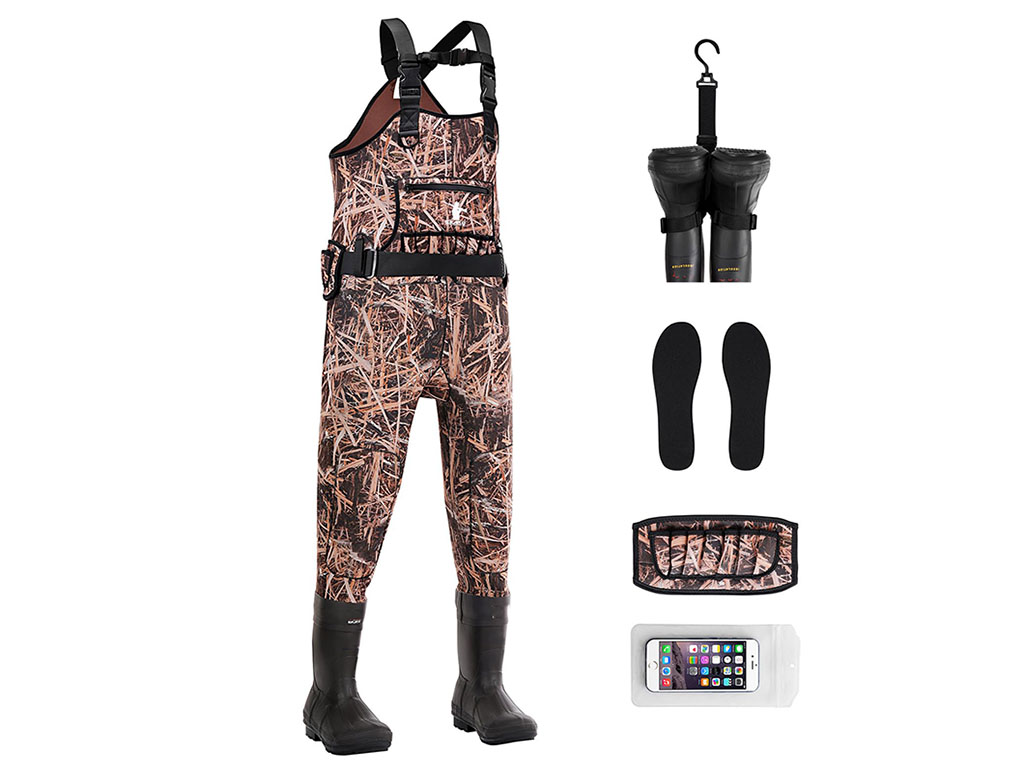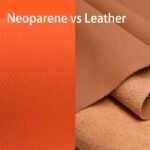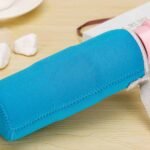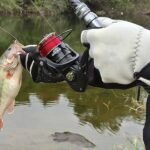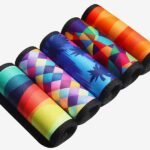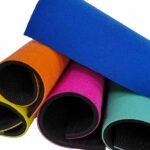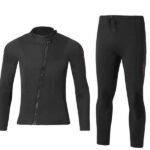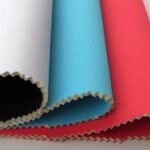Weekends at the water’s edge can bring muddy stains and odd odors to neoprene waders. There is also a common concern that improper washing might ruin elasticity or shorten a wader’s lifespan. A clear and gentle approach helps keep them fresh and functional for future trips.
A simple method involves soaking neoprene waders in warm water mixed with mild detergent, gently scrubbing both outer and inner surfaces, then rinsing thoroughly. Air-drying away from direct sunlight completes the process, preventing odor buildup and preserving elasticity.
A neglected pair of waders can develop unpleasant smells and stiff patches. That experience highlights how correct washing and drying can ensure a longer service life. The following steps and tips are designed to help maintain neoprene waders in top shape without excessive effort or harsh chemicals.
What Are Neoprene Waders and Why Do They Need Special Care?
Neoprene waders act as waterproof leg coverings crafted from synthetic rubber. They shield anglers or hunters from cold water, mud, and debris. Neoprene itself traps tiny air cells that offer insulation, helping keep the wearer warmer in chilly conditions. Yet, these cells can also retain sweat, bacteria, and grime.
Proper attention ensures consistent waterproofing and comfort. The spongy nature of neoprene can hold onto odors, so regular cleaning and drying are crucial for extending the waders’ lifespan.
Detailed Exploration: neoprene wader material
This rubber-based fabric features millions of closed cells. These cells trap a thin layer of water that warms against the body’s heat. When sweat, dirt, or other contaminants seep into those cells, unpleasant smells can develop. Insulation or elasticity might also suffer.
Common Care Mistakes
- Harsh Scrubbing: Can scrape away the protective neoprene surface.
- Strong Chemicals: May degrade elasticity or discolor the fabric.
- Excessive Heat: Speeds up rubber breakdown and warps the material.
| Issue | Impact on Waders | Possible Solution |
|---|---|---|
| Improper Drying | Mold, mildew, foul odor | Air-dry in a shaded place |
| Using Harsh Detergent | Cracks, stiff texture | Mild soap or neoprene shampoo |
| Storing While Damp | Fungal growth, material damage | Ensure dryness before storage |
Avoiding these pitfalls helps maintain neoprene’s functionality.
Which Cleaning Tools and Detergents Should I Use?
Cleaning products vary widely, and choosing an inappropriate one can harm neoprene. Some strong chemicals remove stains but weaken seams, while overly mild options may be ineffective on grime. A balanced approach uses lukewarm water, a soft sponge or cloth, and a mild detergent.
A gentle method involves warm water, non-abrasive cloths, and mild soap or neoprene cleansers. Bleach or ammonia-based products can degrade the rubber, so those should be avoided.
Detailed Exploration: cleaning neoprene waders
A coarse brush may tear or roughen neoprene. Mild dish soap can remove oils without damaging the cells. Specialized neoprene shampoos go a step further by neutralizing odors and maintaining flexibility.
Choosing the Right Products
- Mild Detergent: Breaks down dirt without leaving toxic residues.
- Neoprene Cleaner: Addresses sweat, odor, and long-term buildup.
- Soft Sponge/Cloth: Preserves the outer layer’s smoothness.
| Product Type | Pros | Cons |
|---|---|---|
| Mild Dish Soap | Easily available, safe for neoprene | May not fully combat strong odors |
| Neoprene Shampoo | Specifically formulated for rubber | Can be more expensive |
| Vinegar Solution | Neutralizes odors, eco-friendly | Might leave a light vinegar smell |
Labels should be checked carefully to avoid harsh chemicals.
Do I Hand Wash or Machine Wash My Neoprene Waders?
Machine washing seems convenient for heavily soiled items, but neoprene can be sensitive to heat and mechanical agitation. Hand washing offers more control and less risk. However, a washing machine may be used on a delicate setting if necessary.
A hand wash with a gentle touch is often the safest approach. A washing machine can be used on a gentle cycle with cold water, ideally with the waders placed in a protective laundry bag.
Detailed Exploration: deciding the wash method
Machine washing can twist the fabric, damage zippers, or snag buckles. The gentle cycle might minimize these risks, yet it is essential to confirm the cycle temperature and spin settings.
Steps for Machine Washing (If Necessary)
- Choose a Gentle Cycle: Low agitation reduces wear.
- Use Cold Water: Protects seam integrity and reduces shrinking.
- Laundry Bag: Shields buckles or attached boots from friction.
Pros and Cons Table
| Method | Advantages | Drawbacks |
|---|---|---|
| Hand Wash | Offers full control, minimal damage | Can be time-consuming and labor-intensive |
| Machine Wash | Saves effort, suitable for big loads | Potential seam stress, requires caution |
A careful hand wash remains the top recommendation to avoid unintended damage.
Steps for Cleaning Neoprene Waders
A systematic cleaning approach keeps waders functional and odor-free. Following a clear routine avoids overlooking critical areas like seams or boot sections.
First, rinse away loose dirt. Next, soak waders in lukewarm water with mild soap. Gently scrub stains before rinsing thoroughly. Finally, air-dry in a shaded place, turning the waders inside out if needed.
Detailed Exploration: recommended cleaning routine
Step 1 — Pre-Rinse
Use a hose or tap to remove big chunks of mud or plant matter. This step prevents abrasive particles from grinding into the neoprene during scrubbing.
Step 2 — Soak and Spot Clean
| Action | Purpose |
|---|---|
| Fill a Bucket | Lukewarm water + mild detergent |
| Submerge Waders | Loosens dried debris or salt deposits |
| Spot Scrub | Soft cloth for heavily soiled areas |
Vigorous brushing is discouraged. Gentle motions maintain neoprene’s delicate surface.
Step 3 — Thorough Rinse
Any soap residue left behind could weaken fibers over time. A complete rinse inside and outside ensures cleanliness.
Step 4 — Press Out Water
Wringing or twisting can damage seams. Instead, press the neoprene gently to remove extra moisture.
Step 5 — Air-Dry
Hang the waders in a ventilated area, away from direct sunlight. A warm but shady spot ensures uniform drying without harmful UV exposure.
How Do I Keep My Neoprene Waders in Top Condition for Longer?
Clean waders still need correct storage and routine checks. Some people throw damp gear into a trunk or closet, which encourages mold or unpleasant odors. Proper drying and careful inspection can prevent these problems.
Store waders by hanging them upside down in a cool, dry location. Inspect for small tears or seam damage periodically. Quick repairs with neoprene patches or sealants can save a lot of trouble later.
Detailed Exploration: maintaining neoprene quality
Drying and Storage Tips
- Upside-Down Hanging: Drains moisture from boot sections.
- Ventilated Room: Prevents damp buildup and mold growth.
- Avoid Folding: Sharp creases might weaken the neoprene over time.
Routine Inspections
| Checkpoint | Reason |
|---|---|
| Seams | Spot peeling or fraying early |
| Boot Attachment | Ensure watertight connection |
| Zippers/Buckles | Remove debris to keep closures working |
Minor issues can be fixed with neoprene adhesive or patch kits. Quick fixes prevent further water intrusion or large tears.
Conclustion
Keeping neoprene waders clean and well-maintained prolongs their functionality, prevents odors, and helps maintain warmth during cold-water excursions. A gentle wash, thorough rinse, and careful drying routine make the process efficient and effective. Regular checks for tears or loose seams also ensure the waders remain reliable.
Szoneier, located in China, has 20 advanced production lines dedicated to neoprene items like waders, gloves, and bags. The company offers B2B, wholesale, OEM, and ODM services. Many clients, including Mark Chen, look for quick lead times, waterproof features, and quality materials for beach-related products. Szoneier products emphasize durability, elasticity, and waterproof performance, with flexible design options and low MOQs.

